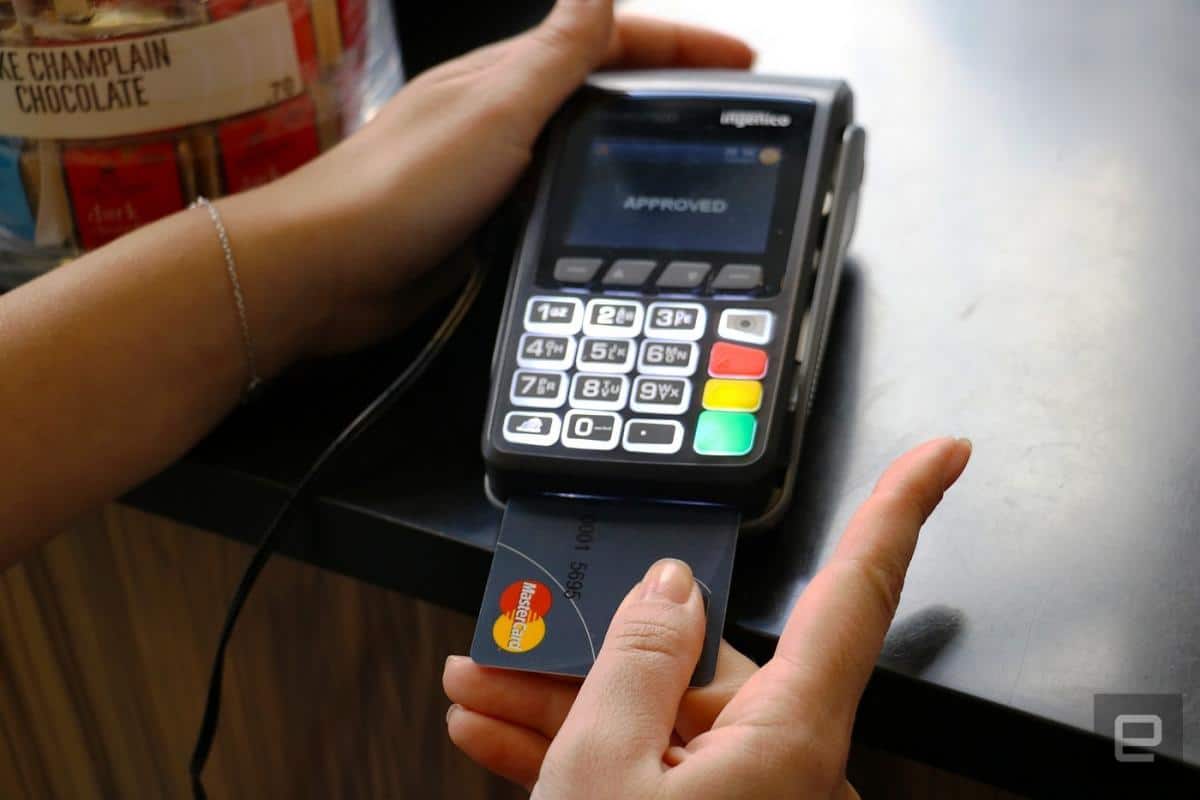Might as well use cash.
Lately, fingerprint scanners have been popping up on every device possible; from smartphones to padlocks, and even laptops. The tech world seems to be going all out with this biometric tool for added security (and to justify a higher retail price). But when fingerprint scanners start to appear on credit cards, we have to ask: is it too much?
MasterCard recently announced their new biometric credit card – yes, that is a credit card with a fingerprint scanner – which has gone into trials in South Africa, with further tests to be done in Europe and Asia. The card, which is able to index up to two different fingerprints, works just like a normal credit card, but you use your fingerprint instead of a pin or a signature.
The product does have its plus points: it doesn’t require retailers to install yet another payment terminal; the cards themselves require no charging, as they harvest energy from the terminals; and plastic card are thin and lightweight. It also acts as a foolproof way to secure your credit card, as no one can swipe it or sign for you should it ever be lost. However, in a world where smartphone payments, as well as smartwatch and contactless payments are slowly making their way into the public consciousness to become the standard, where does that leave MasterCard’s biometric credit card?
It could be argued that in the event that your smartphone’s battery goes flat or if you forget to even bring it with you, the biometric credit card could come in handy – but let’s face it, no one leaves home without a fully charged phone anyone. Tech startups have also been trying to reduce the number of plastic cards consumers have to bring out, with electronic credit cards which can store multiple different card details in one plastic package becoming increasingly popular.
Moreover, Singapore sees the majority of retailers equipped with the latest transaction terminals that are able to handle anything from Android Pay to Visa PayWave without a hitch. This makes the fingerprint feature seems superfluous. And in the event that the electronic payment methods fails to work, cash is always king.
These cards might have a niche market with the super wealthy elites or among those who have a need for added security, but for everyday folk, it just seems like yet another tacked on feature that no one asked for nor needs. These biometric cards are just the latest in an ever-growing list of different payment methods that no one asked for (like paying with your face, or paying with a ring, both of which come with MasterCard too), and the world would be no different with or without them.


















